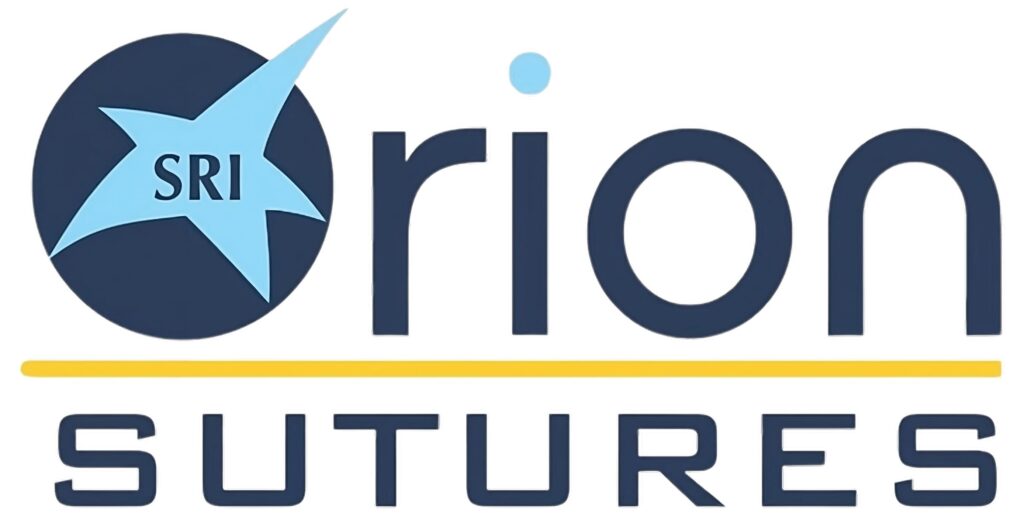Polyglycolic acid (PGA) is a synthetic absorbable suture. A synthetic absorbable suture, a braided and coated multifilament suture that is widely used amongst other types of absorbable sutures like Polyglactin (Vicryl), Polydioxanone (PDS), Polyglyconate, Polylactic Acid (Dexon), Caprosyn, etc. Makes the polyglycolic acid suture so reliable. It does not need to be removed since it gets absorbed by the body over time. The absorption begins from day 7-14 post-surgery, and it does not cause any tissue reaction or inflammatory response on the surrounding soft tissues.
Polyglycolic Acid (PGA) is a Synthetic Absorbable Suture
Polyglycolic acid (PGA) is a synthetic absorbable suture. It is also called a PGA (Polyglycolic Acid) Suture. This kind of suture has many advantages over other types of surgical knots like silk, synthetic and natural.
The main reason for using it in surgeries is that it does not cause any allergic reaction in patients who are allergic to animal products such as silk or wool etc., unlike other natural materials like gut or silicone, which may cause severe allergic reactions if used during surgery.
A Polyglycolic Acid Suture is Also Called a PGA (Polyglycolic Acid) Suture
- Polyglycolic acid (PGA) is a synthetic absorbable suture that has been used in several surgical procedures. It was first introduced by Dow Corning as an alternative to the natural gut, which is made of collagen and elastin. PGA (Polyglycolic Acid) suture is also called a PGA (Polyglycolic Acid) Suture.
- Polyglycolic Acid sutures being a synthetic absorbable suture, braided and coated multifilament suture is the widely used amongst other types of absorbable sutures like Polyglactin (Vicryl), Polydioxanone (PDS), Polyglyconate, Polylactic Acid (Dexon), Caprosyn, etc.
- Polyglycolic Acid sutures being a synthetic absorbable suture, braided and coated multifilament suture is the widely used amongst other types of absorbable sutures like Polyglactin (Vicryl), Polydioxanone (PDS), Polyglyconate, Polylactic Acid (Dexon), Caprosyn, etc.
It is also known as polyglycidyloxyethylmethacrylate (PGA) in the medical literature.
It Does not Need to be Removed Since it Gets Absorbed by the Body Over Time
You may have heard that polyglycolic acid sutures can be removed. This is true, but only if you remove it within a certain period after implantation. If you wait too long, the suture will absorb into your body and become part of it.
You might think that this means that your doctor wouldn’t recommend leaving the sutures in place indefinitely—but they do! Many doctors recommend leaving them in place as long as possible because they don’t want to risk damaging any other areas of your body by removing them early on.
The Absorption
The absorption begins from day 7-14 post-surgery, and it does not cause any tissue reaction or inflammatory response on the surrounding soft tissues.
In addition to being safe for patients, the polyglycolic acid suture is also easy to handle and pass through tissues during surgery. The coating makes it easier for you to handle your sutures in a variety of ways; you can use tweezers or forceps while passing them through the skin. Plus, because of its unique properties, polyglycolic acid helps facilitate knot run-down and knot security so that there’s no risk of loose knots after surgery has been completed.
The research that has been conducted on PGA absorbable suture shows that it is an effective suture material with many advantages. The absorption begins from day 7-14 post-surgery, which means no tissue reaction or inflammatory response is caused on any surrounding soft tissues. It also does not require removal since it gets absorbed over time by the body itself.

